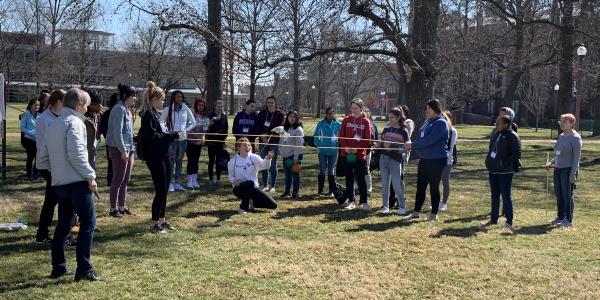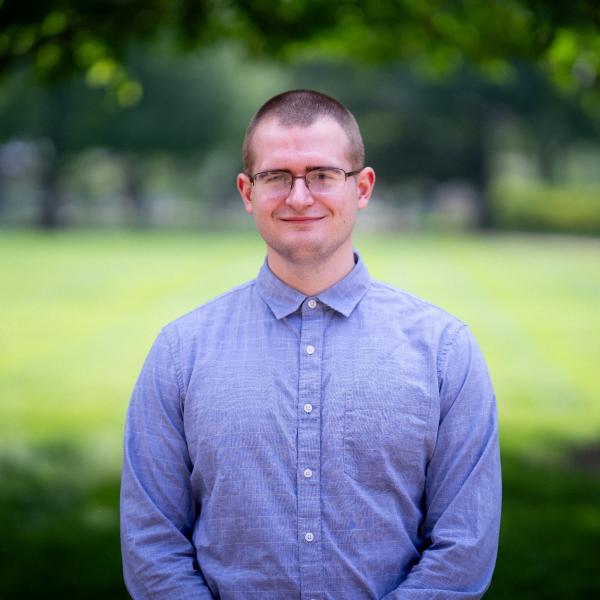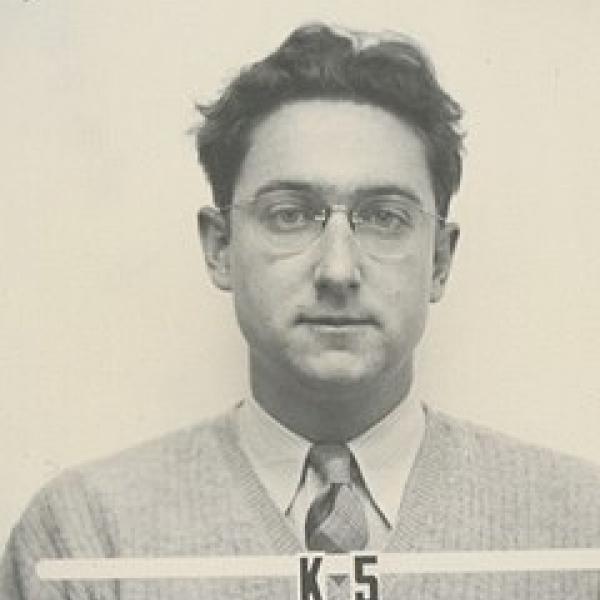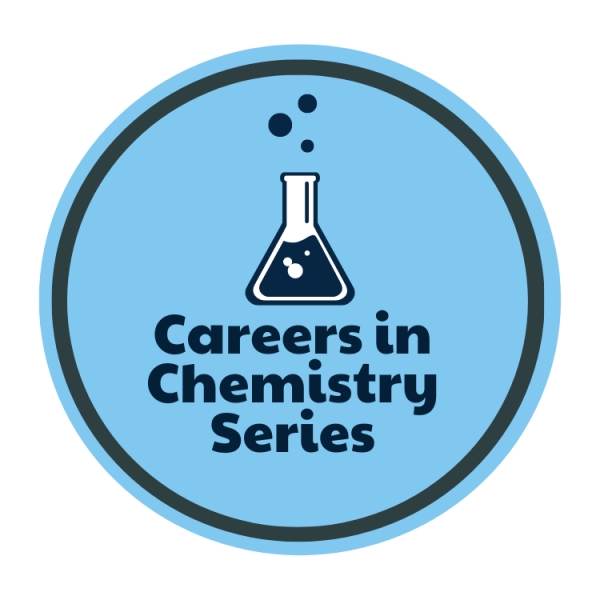Graduate students in the Department of Chemistry promote “STEMinism for all.”
Seventy-two girls from 16 local high schools spent two Saturdays in February experiencing for themselves what it means to be a woman in STEM. Led by volunteers from the Department of Chemistry, Catalysts for Change (C4C) promotes science, technology, engineering, and mathematics to girls in their first year of high school by engaging them in a number of activities and experiments in various STEM fields.
Women on a mission
Catalysts for Change is organized by a committee of graduate students in chemistry with support from faculty and staff sponsors. Graduate student organizers Vicki Banas, Mary Danielson, and Erin Gemmell describe the group’s mission as focused on expanding girls’ knowledge of the opportunities available to them in STEM.
“These girls are at the beginning of their high school careers,” Gemmell noted. “That’s a really critical time for keeping girls interested in science and math and in the STEM pipeline. Bringing them to a college campus and into labs with women role models lets the girls see what STEM can look like.”
“We’re showing them the range of careers available and the feasibility of graduate school,” Danielson said. “There’s more out there than being a doctor or an engineer. With C4C, participants see that being a scientist is a real job where you might do chemical reactions, work with cells, take images, or collect data. They also see graduate students like us being paid while we get research-based training. C4C introduces them to a world they didn’t previously know existed.”
Banas added, “Ultimately, our mission is to get more girls going into science. Many of us have had the experience of looking around a science or math class and seeing only a few other women, if any. We want more women in STEM at all levels.”
Getting into the lab
The two-day event is structured around a number of laboratory experiments. Participants perform a squid dissection, make slime, and compete to build the best egg launcher. Making liquid nitrogen ice cream is also a long-time favorite activity for the girls.
Banas described volunteering with the squid dissection lab as an instance of seeing the participants’ views on science change before her eyes. “When the girls walked in, they were kind of queasy about it. But then they got so into it and had so many questions. They started off thinking, ‘Oh no, I’m not going to dissect a squid,’ and then they were inside that squid. It was incredible.”
C4C regularly adds new labs to their repertoire, growing their program alongside new developments and trends in STEM. Last year, Kimberly Parker, assistant professor of energy, environmental and chemical engineering, developed a water filtration lab. A new offering this year came from Vladimir Birman, associate professor of chemistry. He developed a lab on candle making that included acid/base chemistry.
“Birman’s lab is probably the hardest science lab we do, but it was really fun for the girls because it was so hands-on,” Danielson observed. “They really had to think on their feet and be engaged at every step. As an added bonus, the chemical we were using was pink, which they liked.”
Supporters across campus
Since its inception more than a decade ago, Catalysts for Change has been an interdisciplinary effort. C4C was first established in 2006 by Gina Frey, honorary professor in the Department of Chemistry, and Barbara Baumgartner, teaching professor in the Department of Women, Gender, and Sexuality Studies (WGSS). It continues today as a partnership between the two departments and draws collaborators from across Washington University, including volunteers from Arts & Sciences and the McKelvey School of Engineering.

“We couldn’t do it without our extensive volunteer support,” the organizers said. “We partner with the Women in Science class, which is co-taught by faculty from chemistry and WGSS, and we get a lot of undergraduate volunteers from that. But we also reach out to other STEM departments. We’ve had students, faculty, and postdocs from all over – biology, engineering, physics, DBBS, and more. Whoever wants to be involved is welcome.”
The group hopes to see continued increases in volunteers. They were excited to welcome 72 girls to campus for last year’s event, but they still had a waiting list of 40 students. As enrollments go up, they’ll need more support to keep growing the program.
“Leading up to the event in February, the executive committee starts planning in the fall. We’re reaching out to volunteers and sponsors, gathering supplies, and securing commitments for donations,” Gemmell said. “We do as much as we can, but it’s hard to have to turn people away. Hopefully, we’ll be able to grow and expand the program in the next few years.”
Given the likelihood that next year’s event will be impacted by the coronavirus pandemic, C4C organizers are planning ahead to make the best of a tough situation. With appropriate protective equipment – a hallmark of good science practice – smaller versions of in-person lab activities may be possible. Even if it isn’t safe to hold any in-person events, the group is committed to finding other ways to fulfill their mission.
Real results
According to a survey taken after this year’s event, out of 60 respondents, 39 participants reported that their interest in pursuing a STEM career had increased after participating in Catalysts for Change. Forty-three said they were more interested in taking additional classes in STEM in either high school or college. Fifty-three described scientists as friendly; 47 said scientists are fun to talk to. None left the program feeling that scientific work is boring or lonely.
“We pretty much always see a positive trend, year over year. After participating in C4C, the girls can see themselves actually being scientists or going into a STEM-related field,” said Gemmell.
After the current leadership took over last year, they initiated a longer-term follow up with past participants. Beginning with last year’s class of freshmen, C4C is following students through high school up to their decisions about what to study in college. Organizers hope to see participants’ increased interest in STEM continue into higher education.
Acknowledgements
Catalysts for Change would like to thank all their volunteers and supporters. They are especially grateful for funding from the Women’s Society of Washington University; the Department of Chemistry; the Department of Women, Gender, and Sexuality Studies; the Department of Energy, Environmental and Chemical Engineering; and Professor Tim Wencewicz.





